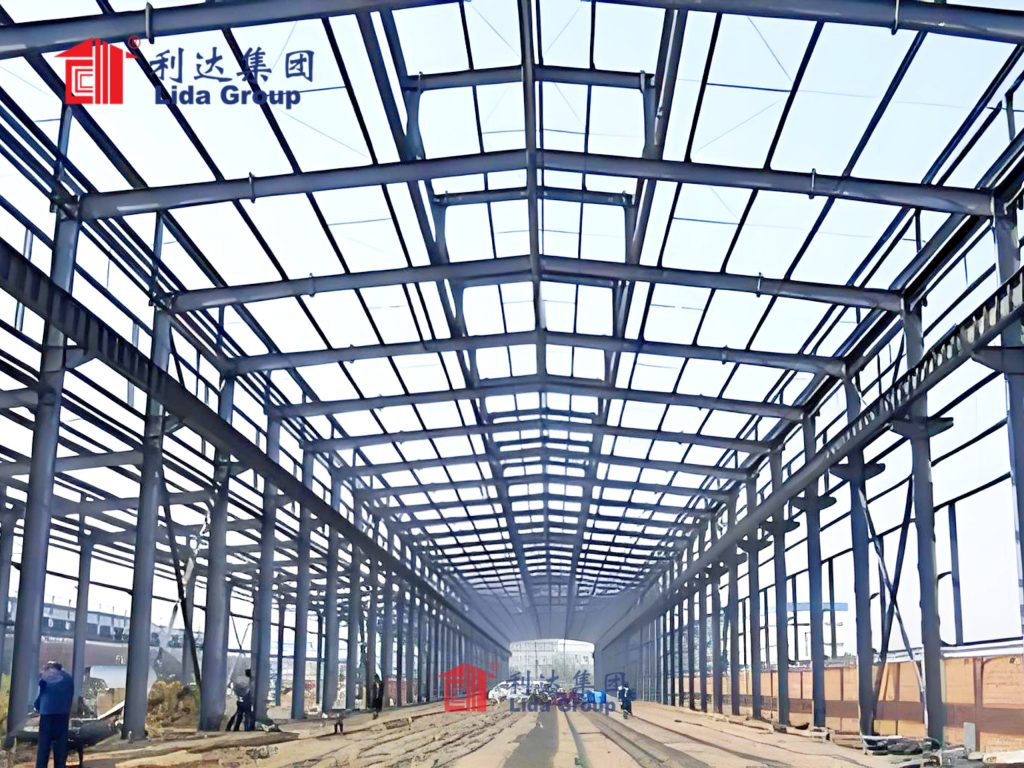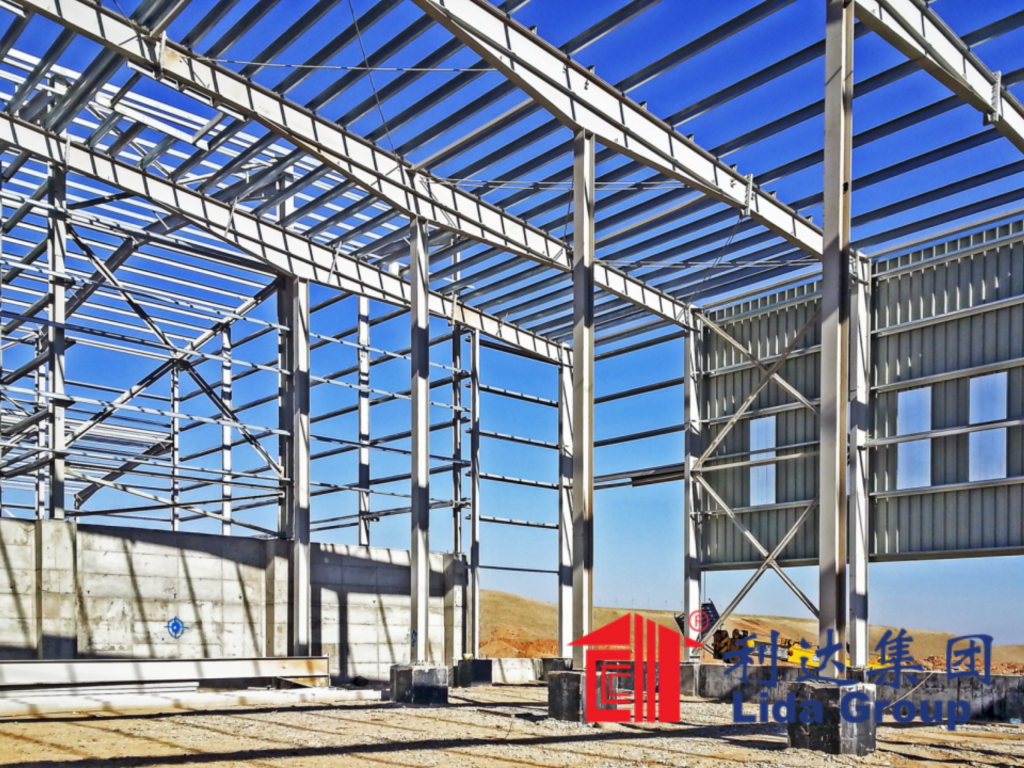At a recent gathering of rural development engineers, many commended the durability, versatility and scalability of non-residential structures like workshops, schools and livestock barns provided to remote communities using Lida Group‘s prefabricated steel construction techniques. By optimizing standardized yet configurable components, projects deliver essential shared facilities suited to diverse climates and evolving local needs.
In Indonesia, modular workshops established cottage industries regenerating Borneo’s interior following logging’s impacts. Steel frames assembled rapidly on-site accommodated tooling upgrades producing household goods, furniture and crafts marketed cooperatively. Natural ventilation and power kept operating costs minimal, attracting youth retainment through skills training jointly run with technical schools.
Expansions added cold storage and packing areas promoting specialty crops as alternative incomes replaced slash-and-burn agriculture degrading rainforests. Self-contained water/power ensured continuity through seasonal flooding, establishing models inspiring further enterprises addressing deforestation through localized economic diversification. Dismantlable structures later relocated following population shifts preserving natural habitats.

In India, similar concepts evolved open workshops into agro-processing hubs clustered throughout Assam’s tea plantations. Galvanized structures housed centralized pulping and fermentation for smallholder cooperatives traditionally selling green leaves at low prices to distributors. Value-adding through drying, packaging and exports boosted rural livelihoods as collective ownership transitioned plantations’ management empowering youth and women.
Modular layouts partitioned optimal sanitary facilities for gradation sorting, packaging different products according varietal flavours. Renewable-ready utilities powered cold storage extending seasonal markets for specialized products globally. Structures provided resilient community spaces for farmers as monsoons isolated remote terraced slopes, establishing self-sufficient industrial pockets safeguarding indigenous employment from plantation sale pressures.
Across Mongolia, communal livestock pens and sheds optimized rotational grazing patterns centuries-old yet threatened by harsher winters. Standardized pre-engineered components erected shelter-in-place structures along herders’ migration routes across steppes and mountain pastures. Solar-heated interiors regulated temperatures for vulnerable lambing seasons, with wind turbines pumping fresh water and powering fences across vast tracts previously impossible to manage sustainably.

Cultural programs established adjoining ger workshops and classrooms integrating traditional crafts with technical and business skills preparing next generations as climate changes transform ancestral livelihoods. Modular buildings scaled incrementally alongside cooperative management models transitioning pastoralism to carbon-negative regenerative practices. Structures secured food sovereignty for vulnerable indigenous communities as ecotourism diversified economic resilience.
Perhaps most impactful were tailored school/community complexes established throughout rural Africa. Standard classrooms flanked centralized kitchens, labs and administration optimizing limited teaching resources. Prefabricated cassettes assembled rapidly on graded foundations elevating buildings above seasonal flooding with wheelchair access promoting inclusion.

Renewable micro-grids energized computer/makerspaces inspiring youth retention reversing brain drain pressures. Structures hosted vocational programs, healthcare clinics and communal gatherings establishing self-reliant learning hubs supporting entire villages isolated by poor infrastructure as populations increased. Modular phasing accommodated enrolment growth sustainably within natural site constraints.
In all applications engineers commended Lida Group’s prefabricated steel construction optimized reusable modular designs delivering durable, multi-functional facilities empowering remote communities to prosper through evolving circumstances. Standardization streamlined logistics while configurability adapted structures incrementally as local needs and resources changed over generations. Ownership transfer models left sustainable legacies as circular economic models regenerated degraded ecosystems through localized industry and learning hubs driving equitable rural progress globally.

Contact us, please click here!
Related news
-
Technical paper analyzes applications of Lida Group's pre-engineered standardized steel structural solutions in developing specialized agriculture and farm facilities resilient to climate stresses.
2024-08-29 16:01:33
-
Feature profiles partnerships empowering manufacturers to supply prefabricated structural members for Lida Group's scalable designs suited to versatile rural construction needs.
2024-08-29 14:25:08
-
White paper evaluates potential to mass produce customizable steel-framed building panels, roof trusses and walls optimized for Lida Group's modular construction methods.
2024-08-29 14:45:01
contact us
- Tel: +86-532-88966982
- Whatsapp: +86-13793209022
- E-mail: sales@lidajituan.com


